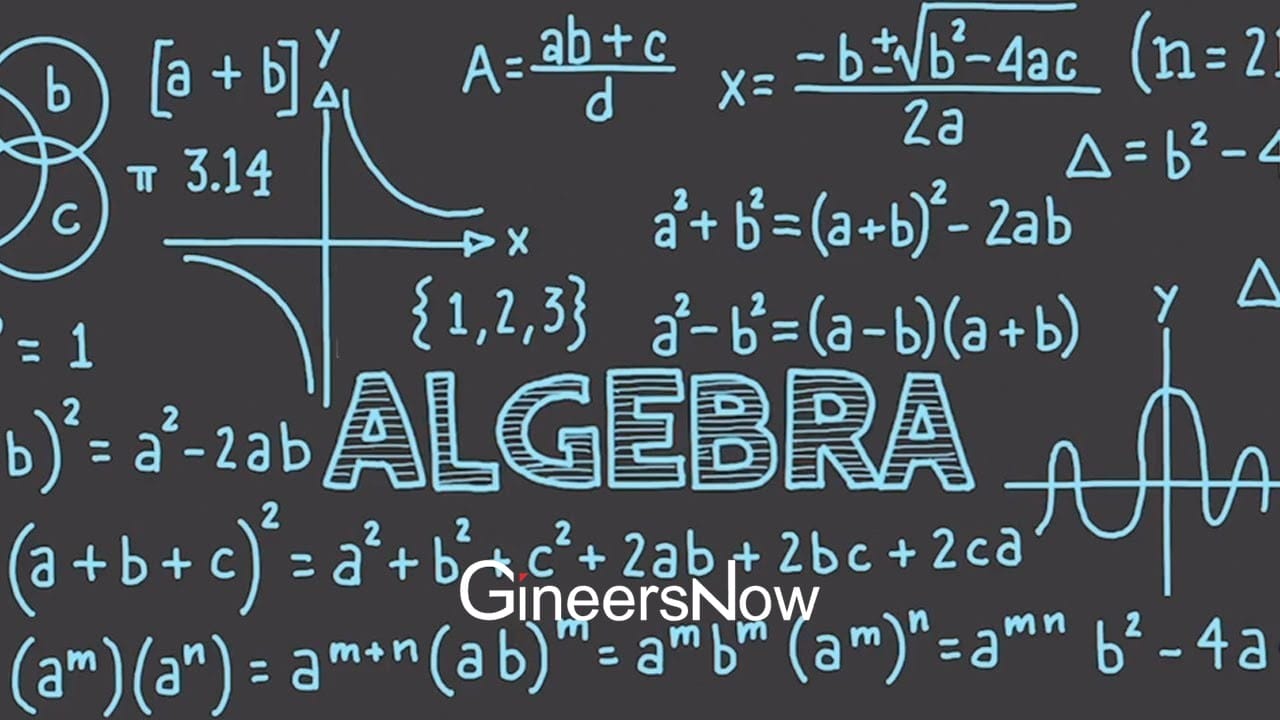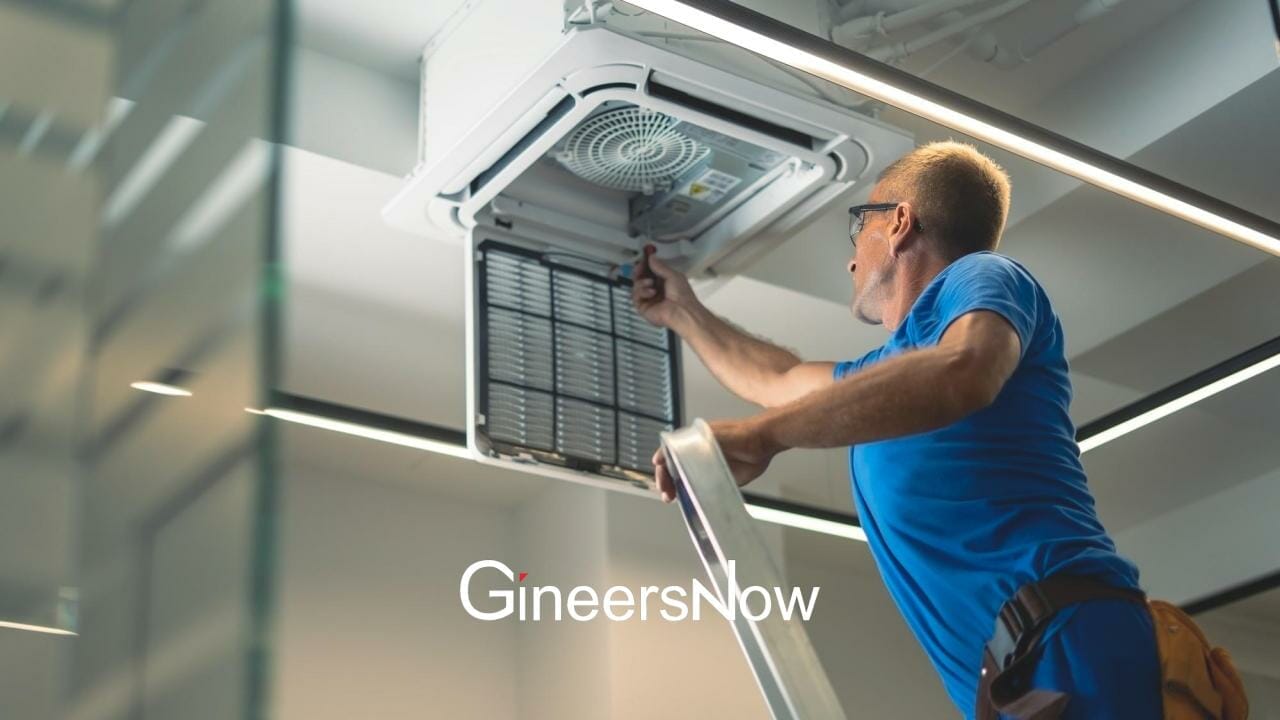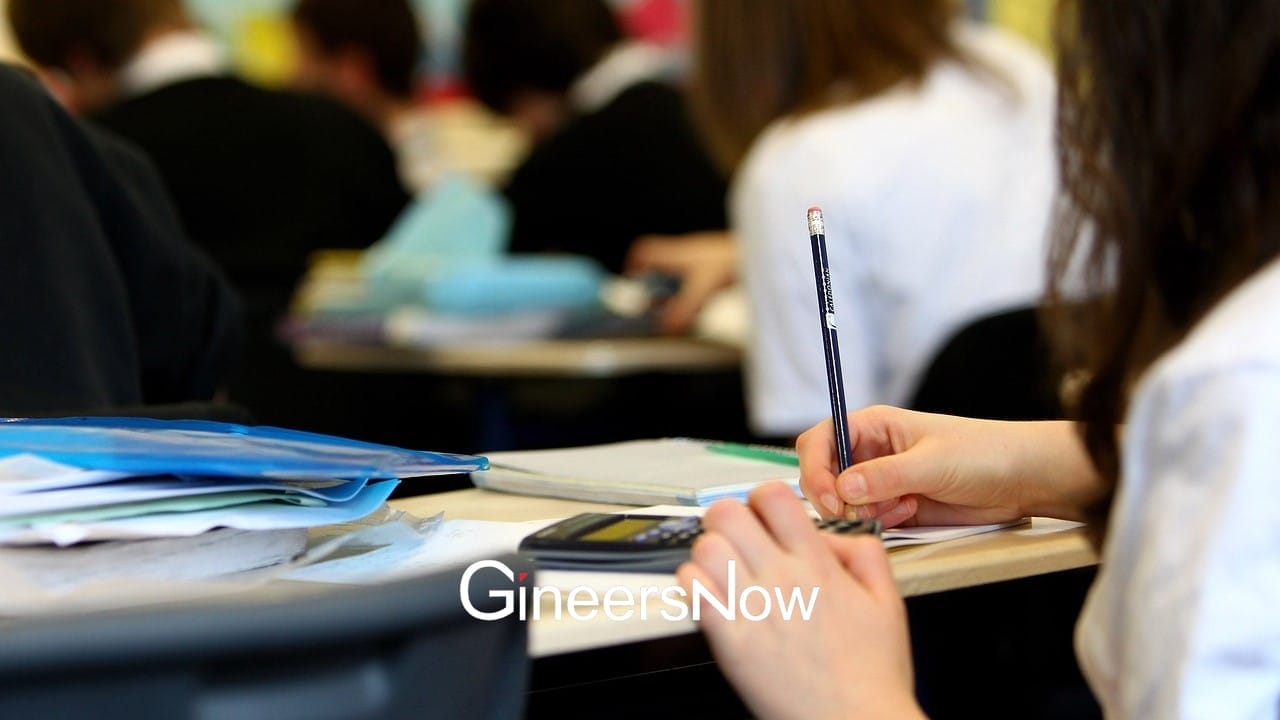Artificial intelligence (AI) mimics human thinking and cognitive processes, like learning and solving problems.
AI engineering involves problem-solving, developing new products, preserving systems, and improving data analytics.
As AI is integrated into various sectors, its responsibilities grow. This improves operational effectiveness, financial performance, sales, and consumer satisfaction.
Understanding the Theoretical Foundations of AI
Machine Learning
AI has seen advancements over the years, to the point where people are using AI to write horror movie scripts or to write a song in a similar style as an artist. This is what makes AI and its various aspects one of many benefits of a master’s in computer science.
Machine learning is a subset of AI that enables optimization. Using it correctly, you can generate predictions that reduce the inaccuracies that come from just speculating.
Companies like Amazon utilize machine learning to suggest things to a particular consumer based on what they have previously viewed and purchased.
For a computer system to recognize patterns, learn, carry out specified tasks, and provide reliable results, machine learning relies on human input.
Using large-scale data systems, machine learning engineers can train algorithms to learn cognitive tasks and make meaningful predictions.

Deep Learning
A part of machine learning is called deep learning.
Much of the feature extraction portion of the process is automated via deep learning, which reduces the need for manual human interaction. The fact that it also makes use of big data sets gives it the name Scalable Machine Learning.
A machine-learning model uses less data due to its underlying data structure. However, a deep-learning model needs more data points to increase accuracy.
Deep learning is typically used by businesses for more difficult tasks like fraud detection or virtual assistants.
The work of deep learning engineers includes gathering, categorizing, examining, and cleaning data as well as specifying the data needs for a project.
They also develop assessment measures, train deep learning models, and look for the model’s hyperparameters.
Neural network
Deep learning techniques are built on neural networks, also known as artificial neural networks or simulated neural networks.
They are a subset of machine learning and resemble the way brain neurons communicate with one another.
They are sophisticated systems that can learn from and adapt to new input. And they are developed and implemented by neural network engineers.
An input layer, one or more hidden layers, and an output layer are the node layers that make up neural networks.
Each node has a weight and a threshold value.
One node is activated and begins sending data to the following layer of the network when its output exceeds the threshold value. When it falls below the threshold, no data is sent.
A research paper from the British Journal of Educational Technology studies the advancing theory in the age of artificial intelligence. They conclude that the speed, scale, and sophistication of AI are revolutionizing education as we know it.
They work on a range of initiatives, from financial modeling and robotics to voice and picture recognition.
Designing and Developing AI Systems
The engineering process involved in designing and developing AI systems can be broken down into 7 steps. These are:
- Defining the problem
- Conducting research
- Brainstorming and conceptualizing
- Creating a prototype
- Selecting and finalizing
- Producing a product analysis
- Improving on the solution.
Requirements gathering, system architecture design, and algorithm selection are important in the development phase.
Gathering requirements involves:
- Determining software system performance to meet customer demands
- Involving stakeholders
- User assessments
- Creating precise specifications
System architecture aims to design a comprehensive solution based on logical principles, ideas, and attributes. Selection sort is a simple algorithm that splits a list into two halves, with the unsorted part initially empty.
There are a few engineering techniques that can be used to improve the performance and accuracy of AI models. These include adding more data, treating missing values, feature engineering and selection, as well as algorithm tuning.
Data Collection and Preprocessing
The accuracy of the data used in an AI model is referred to as data quality.
It’s critical for several reasons, including preventing bias and reducing mistakes in results.
It also prevents the AI model from overfitting the data, which would lead to a less accurate outcome. It’s vital to have a diverse dataset with a range of data points for training AI models.
The AI model may learn from several different data points, which can increase the model’s accuracy. As a result, the AI model is less likely to overfit, which occurs when it only learns from data points that are similar to those it has already seen.
There are typically around 10 engineering challenges in collecting, cleaning, and preprocessing data for AI applications:
- Irrelevant data,
- Duplicate data,
- Noisy data,
- Incorrect data,
- Missing values,
- Multi-collinearity,
- Outliers,
- Unacceptable format,
- Too many dimensions, and
- Too many categories.
There’s a handful of engineering techniques used in data augmentation and labeling operations. They contribute to improving the amount and quality of training data.
It’s a method for creating fresh data with different data orientations.
Model Training and Evaluation
AI training data is used to train algorithms that allow robots to learn and carry out activities like pattern recognition. These activities would typically need human intellect.
Engineers teach systems to read and analyze data from a range of sources, including text, photos, audio, and video, using an AI training data guide.
AI applications require high-quality training data to ensure proper learning and accurate results. Proper data selection and cleaning are necessary for training models.
Backpropagation is a training algorithm for feed-forward neural networks, enhancing their output repeatedly.
Cross-validation and evaluation metrics are needed for assessing performance and generalization. The dataset size is crucial for accurate conclusions.
Developed models are then applied in real applications, producing novel predictions based on previously labeled items. Fully trained models determine the faultlessness of newly produced components.
Deployment and Integration
A production strategy is key for successful machine learning projects and AI models. It prevents potential issues during deployment. This is where AI engineering comes into play.
As an engineer, integrating AI systems with existing infrastructure and technologies can be challenging for a few reasons. These are:
- A lack of understanding
- Privacy concerns
- Processing power requirements
- Data
- Unreliable results
- Trust
- Unclear goals
- Technical difficulties
- Algorithm biases
Continuous monitoring, maintenance, and updates performed by engineers are essential for optimal performance. With optimal performance, AI can:
- Improve asset availability
- Dependability
- Safety
- Quality
- Cost and resource savings
- Production
- Output efficiency
- Customer happiness.
Additionally, AI can help innovation and sustainability by enabling data-driven decision-making and environmental compliance.
AI is now being deployed and integrated into almost everything. For example, Facebook’s artificial intelligence can detect suicidal behavior and performs the appropriate preventative actions.











